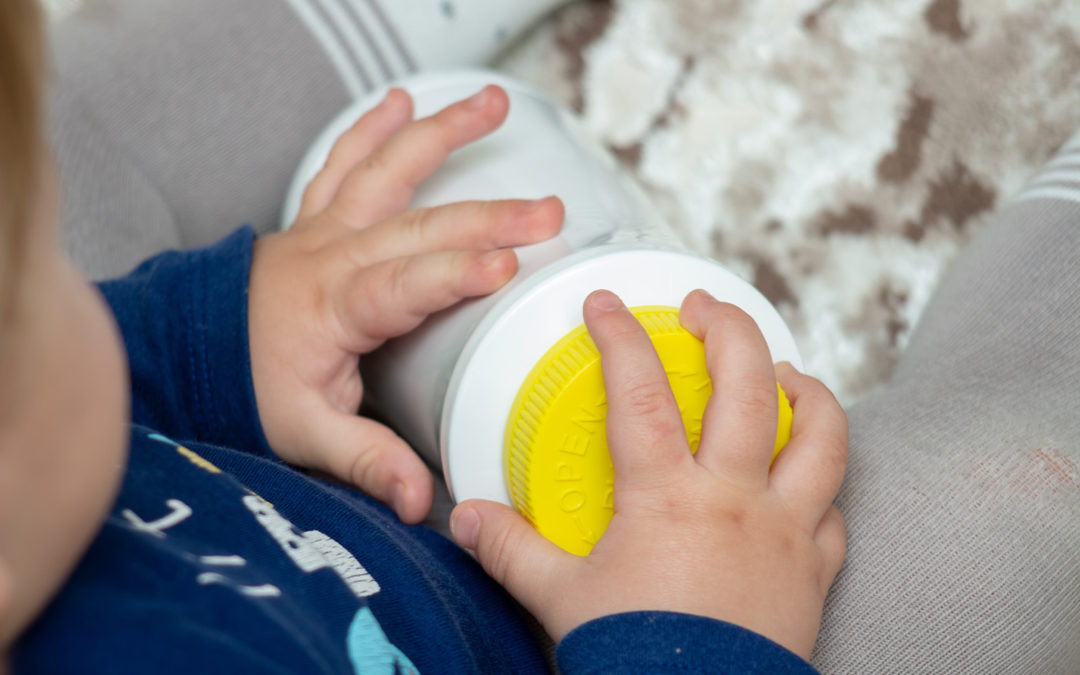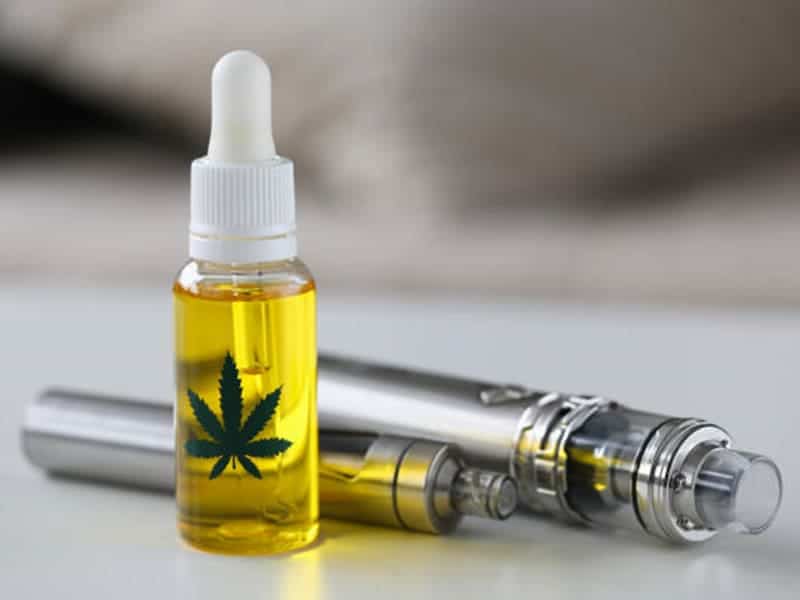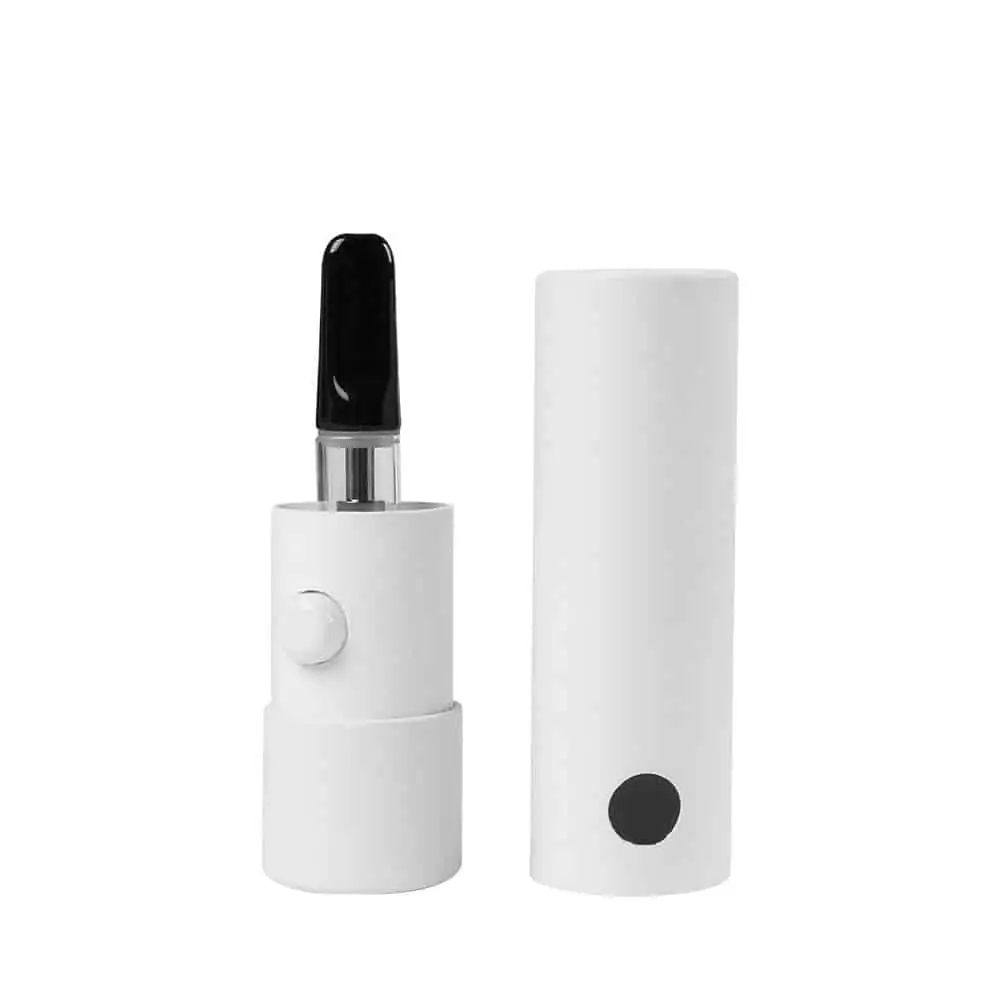Cartridge packaging is designed to keep its contents safe and secure, especially in the case of products that can pose a danger to children. However, the child-resistant feature of the packaging can sometimes be challenging for adults to open as well. Here are some tips on how to open it safely and effectively.
Vape cartridge packaging
Vape cartridge packaging is an important component of the vaping industry. The packaging is designed to protect the vape cartridge and ensure that it arrives safely to the customer. Vape cartridge packaging can be made of various materials, including plastic, glass, and metal. The packaging can also be customized with branding and labeling to differentiate one product from another. It is important for vape cartridge packaging to comply with all applicable regulations and safety standards. This includes child-resistant packaging to prevent accidental ingestion, clear labeling of ingredients and warnings, and compliance with state and federal laws regarding packaging and labeling.
– First, it’s essential to understand what makes cartridge packaging child-resistant. These types of packages are designed with specific features that require a combination of actions to open them. The idea is to make it difficult for young children to access the contents, while still being accessible to adults who can follow the instructions.
– The most common type of child-resistant cartridge packaging is the squeeze-and-twist cap. This type of cap requires the user to press down on the cap while simultaneously turning it counterclockwise to release the seal. The pressure applied while squeezing the cap and turning it activates a spring mechanism that unlocks the seal.

To open it, you will need to grip the cap firmly and squeeze it while turning it counterclockwise. This action will release the seal and allow you to access the contents of the cartridge. It’s important to note that this type of packaging can be challenging to open for individuals with limited hand strength, such as the elderly or those with arthritis.
– Another type of child-resistant cartridge packaging is the push-and-turn cap. This type of cap requires the user to push down on the cap while simultaneously turning it counterclockwise to release the seal. The pressure applied while pushing down on the cap and turning it activates a spring mechanism that unlocks the seal.
To open it, you will need to grip the cap firmly and push it down while turning it counterclockwise. This action will release the seal and allow you to access the contents of the cartridge. It’s important to note that this type of packaging can also be challenging to open for individuals with limited hand strength.
– It’s also important to store cartridge packaging safely. Keep it out of reach of children, and store it in a secure location. Make sure to dispose of the packaging properly after use, following any instructions on the packaging for disposal.

– In addition to the squeeze-and-twist and push-and-turn caps, there are other types of child-resistant packaging for cartridges. These include snap caps, flip caps, and slide caps, among others. Each type of packaging has its own unique features and requires a specific combination of actions to open it.
– Regardless of the type of cartridge packaging you encounter, it’s important to handle it safely and carefully. Take your time, read the instructions, and follow the directions carefully to avoid injury and ensure that you can access the contents of the cartridge safely and efficiently.
In conclusion, child-resistant cartridge packaging is designed to keep children safe by making it difficult for them to access potentially dangerous contents. However, it can sometimes be challenging for adults to open as well. By following the instructions carefully and using the correct combination of actions, you can safely and effectively open child-resistant cartridge packaging and access the contents inside. Remember to store the packaging safely and dispose of it properly after use to ensure that it doesn’t pose a risk to children or the environment.

